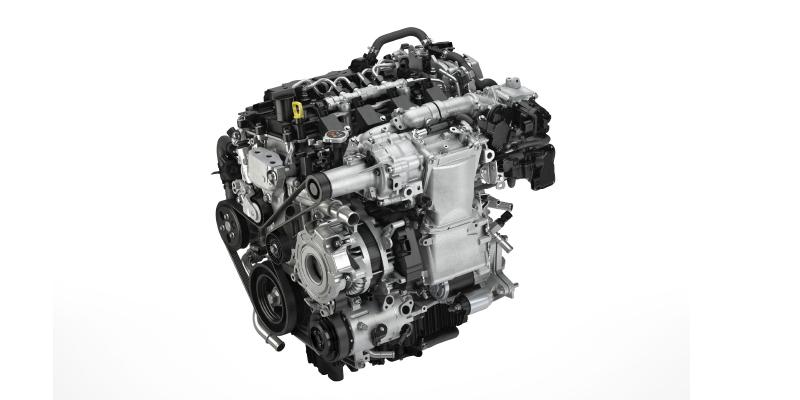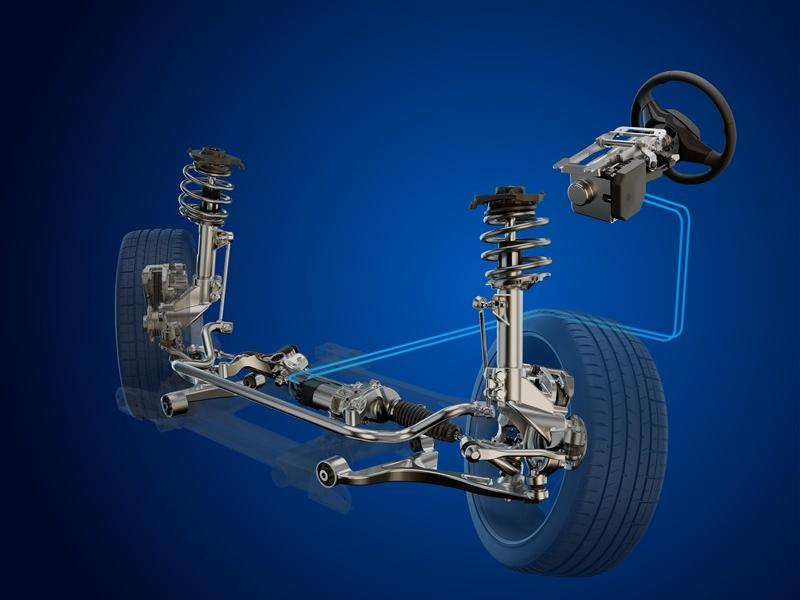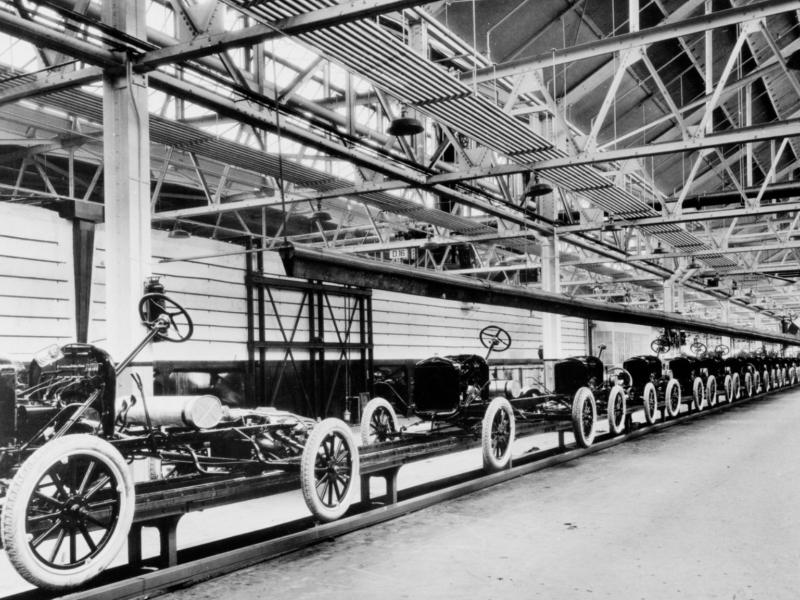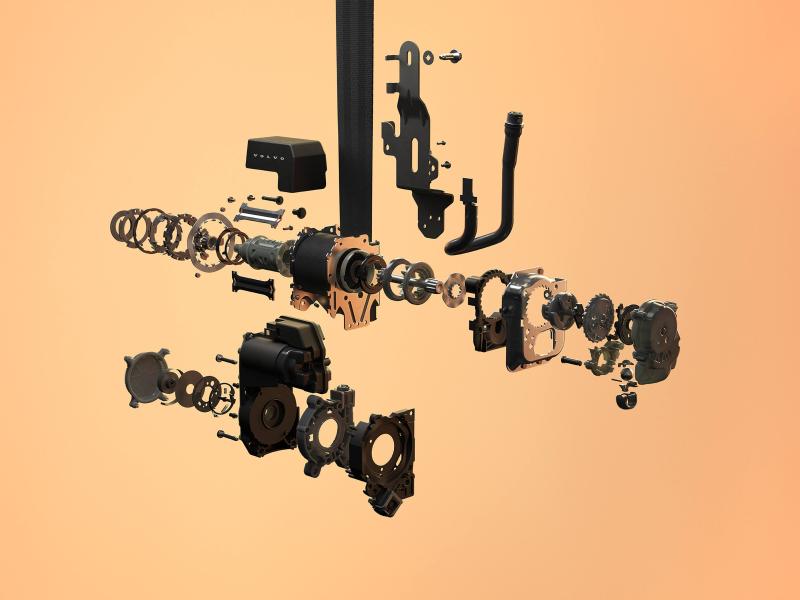Mazda’s reputation as one of the most innovative car brands is further enhanced with the New Zealand launch of the revolutionary Skyactiv-X engine – available to the NZ motoring public from October on CX-30 and Mazda3 models.
An outstanding engineering achievement, Mazda’s new 2.0 litre Skyactiv-X engine is the world’s first production petrol unit to exploit the benefits of diesel-like compression ignition. Following the introduction of Skyactiv engine technologies in 2012, Skyactiv-X represents Mazda‘s second step towards the development of the ideal internal combustion engine as part of Mazda’s multi-solution approach to achieving Sustainable Zoom-Zoom 2030.
With the high-revving performance of a petrol engine and the fuel efficiency, torque and response of a diesel, Skyactiv-X features Mazda‘s revolutionary Spark Controlled Compression Ignition (SPCCI). This new engineering concept allows the engine to switch seamlessly between conventional spark ignition and compression ignition combustion by using a spark to trigger both types of combustion in different ways.
Mazda New Zealand Managing Director David Hodge says, “The new 2.0-litre Skyactiv-X is the next step in Mazda’s multi-solution approach to reducing emissions and represents the first electrification technology on Mazda’s path to Sustainable Zoom-Zoom 2030.
“We still believe there is room for further evolution of the internal combustion engine and with the latest technology available in the Skyactiv-X, it has the potential to contribute to improving the global environment.”
In SPCCI mode, a split injection process creates separate zones of fuel-air mixture inside the combustion chamber. First, a very lean fuel to air mixture is injected into the combustion chamber during the intake stroke, then a zone of atomised fuel is precisely injected directly around the spark plug during the compression stroke.
The small injection of atomised fuel directly around the spark plug builds a richer core. When the spark fires, it ignites this core of fuel and air. This increases pressure in the combustion chamber to the point where the lean mixture rapidly combusts.
Hodge says, “With especially noteworthy improvements in the light engine load range, Skyactiv-X improves fuel economy, and reduces CO2 and NOX emissions. Torque output is approximately 12 percent greater than that of the Skyactiv-G with peak torque 1,000rpm lower and the zone of good fuel economy dramatically expanded.”
Skyactiv-X also features the new Mazda M Hybrid system. Compact and efficient, the mild hybrid system features a belt-driven integrated starter generator (ISG) and a 24V lithium-ion battery. It supports greater gains in fuel economy by recycling energy recovered during deceleration and powering the ISG, functioning as an electric motor, to assist the engine.
The All-New Mazda Skyactiv-X engines complies with the Euro 5 emission rating and under the ADR 81/02 testing standard achieves combined fuel consumption of 5.5 (automatic) l/100 km and combined CO2 emissions of 135g/km (for the Mazda3 Takami).
The Mazda3 and CX-30 will be the first Mazda vehicles in New Zealand to feature the revolutionary Skyactiv-X engine in the new top of the range Tamaki grade and will be available from October 2020.






